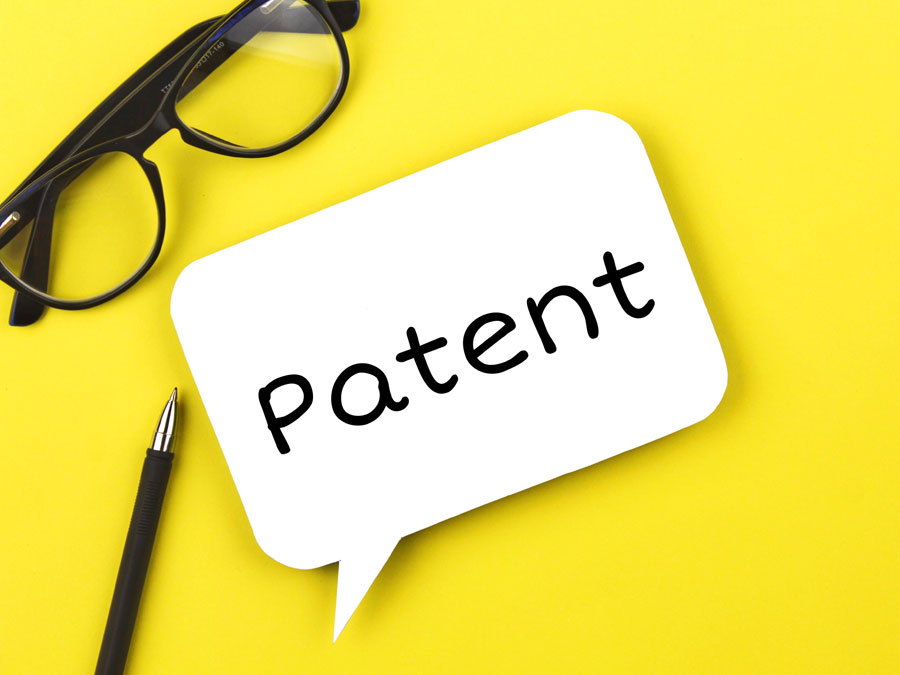Tehrani, Fleur T., U.S. Patent No. 4986268, Method and Apparatus for Controlling an Artificial Respirator, issued on January 22, 1991.
Abstract
An apparatus for automatically controlling an artificial respirator includes sensors for receiving the exhaust gas from a patient and providing data signals corresponding to the concentration of the carbon dioxide and oxygen in the gas. The data signals are provided to a microcomputer which, together with data representing at least the patient’s lung elastance factor, air viscosity factor in the lungs, and barometric pressure, and when the patient is in exercise, metabolic rate ratio, determines the total ventilation and frequency for the patient’s next breath and provides data output signals corresponding thereto. The data output signals from the microcomputer are provided, in analog form, to a signal generator and timing control circuit. This circuit provides output pulses that control the respirator and control valves between the respirator and the sensors.
Description
RELATED APPLICATION DATA
This is a continuation in part of the U.S. patent application Ser. No. 178,019 filed Apr. 6, 1988, entitled “Method and Apparatus For Controlling An Artificial Respirator“, now abandoned.
FIELD OF THE INVENTION
The present invention relates to a method and apparatus for controlling an artificial respirator. More particularly, the present invention relates to a method and apparatus for controlling a respirator based on the measured levels of carbon dioxide and oxygen of a patient on the respirator, as well as other physical conditions of the patient.
Background of the Invention
Patients who have undergone surgery or who have certain respiratory diseases or paralysis often have problems breathing properly and therefore must be provided with artificial respiration. The respirator used must be capable of being adjusted to provide the required amount of oxygen at an optimum frequency. The volume and frequency required not only varies with different patients but can also vary within a single patient as the condition of the patient varies. In prior art respirators, changes must be made manually. This requires almost constant attention to the patient by a doctor or nurse, and the amount of change, when required, is effected by trial and error.
Attempts to provide automatic control of a respirator based on the condition of the patient have been described. One prior art system that has been described uses the concentration of carbon dioxide in the exhaust of the patient to control the operation of the respirator by switching the respirator on or off. See U.S. Pat. No. 4,537,190 to L. Caillot et al., issued Aug. 27, 1985, entitled “Process and Device for Controlling Artificial Respiration”. See also, Y. Mitamura et al., “A dual control system for assisting respiration”, MEDICAL & BIOLOGICAL ENGINEERING, Vol. 13, No. 6, pages 846-854. Other systems have been described using both the concentration of carbon dioxide and oxygen in the exhaust, but these are used to control outputs of gas mixers, not outputs of an artificial respirator. See, e.g., M. H. Giard et al., “An Algorithm for Automatic Control of O2 and CO2 in Artificial Ventilation”, IEEE TRANSACTION ON BIOMEDICAL ENGINEERING, Vol. BME-32, No. 9, September 1985, pages 658-667, and C. Yu et al., “Improvement in Arterial Oxygen Control Using Multiple-Model Adaptive Control Procedures”, IEEE TRANSACTIONS ON BIOMEDICAL ENGINEERING Vol. BME-34, No. 8, August 1987, pages 567-574. However, all of these systems have problems in that they either do not take into consideration all of the relevant physical conditions of the patient or the techniques employed are directed toward controlling the output of the breathing gas supply rather than the artificial respirator.
More Details


